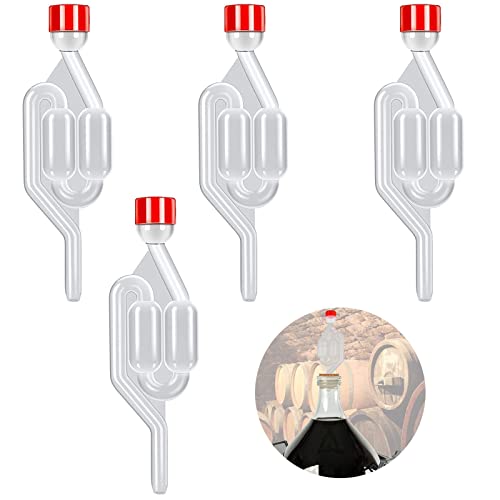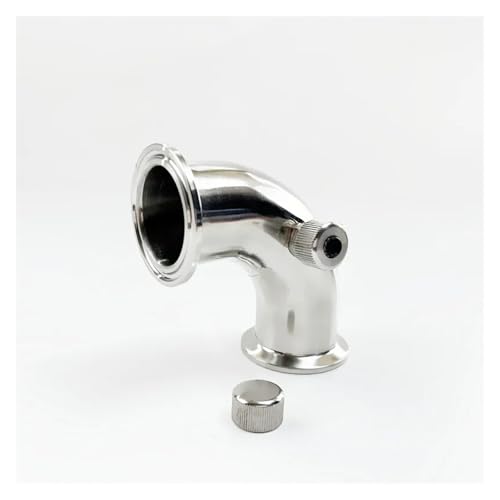shocker said:
Now if you was to smell vinegar too, a kind of pickled egg scent, well THEN you may start to worry!
Not necessarily, it depends on what you're brewing, I don't make cider and I've never noticed it in wine but I have been concerned about slight vinegary smells from working beers, and then it has gone away again and everything has turned out right.
Let's see if I can simplify the science:
Molecules are made up of atoms.
Atoms have different numbers of bonds, let's think of them as hands.
A Hydrogen atom only has one hand, it will hold hands with another Hydrogen to form hydrogen gas but that's unstable and it would rather hold hands with something else.
An Oxygen atom has two hands. It will quite happily hold both hands with another Oxygen to form the oxygen gas in the air we breathe. It will also hold hands with two Hydrogens and make a water molecule. It will hold two hands with a Carbon but would prefer to hold one Carbon and one Hydrogen.
A Carbon atom has four hands. It will hold hands with four Hydrogens to make Methane gas or two Oxygens to make Carbon Dioxide. If one Carbon holds three Hydrogens and one Oxygen, while the Oxygen grabs a Hydrogen with its other hand, that's Methanol, and we don't want that.
What we want is one Carbon holding three Hydrogens and another Carbon, with that second Carbon also holding two Hydrogens and one Oxygen, while that Oxygen grabs another Hydrogen - that's Ethanol alcohol.
If we give a Yeast cell a Sucrose molecule (that's your common granulated sugar, which has 12 Carbons all holding hands with each-other and a bunch of Hydrogens and Oxygens) the first thing it does is snap it in half and mix in another Water molecule to make two 6-Carbon sugars, Glucose and Fructose, which both have the same number of friends but are arranged slightly differently.
So a Glucose molecule (that's your brewing sugar) has six Carbons, twelve Hydrogens and six Oxygens. The yeast cell is programmed to break that up and make two Ethanols and two Carbon Dioxides.
While the yeasts are frantically trying to smash up all of these sugars and put together Ethanols and Carbon Dioxides, sometimes they get it wrong. So you've got two Carbons together, one's holding three Hydrogens but the other has got one Hydrogen and two Oxygens instead of two Hydrogens and one Oxygen. But hey, there's so much to do and so little time, let it go for now. That one that's wrong is an Aldehyde and will have a vinegary smell.
Later in the day, when the rush has died down, the yeasts will look around for their earlier cock-ups and put them right. This is why we keep on saying that you should give them proper time to finish their job and do all of the clearing up.





















![BREWING THERMOMETER STICKERS ACCURATELY MONITOR FERMENTING BEER & WINE LIQUID TEMPERATURES 5PCS HOME BREW SPIRITS WINE LCD ADHESIVE [US]](https://m.media-amazon.com/images/I/311DDjo2X3L._SL500_.jpg)


















